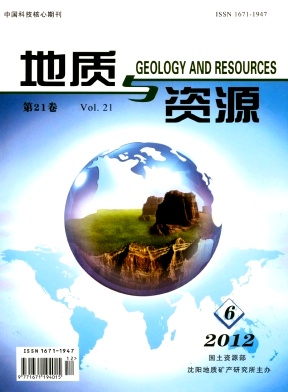ZHANG Fu, ZHENG Ping, JIA Lin-zhu. CHRONOLOGY AND ITS GEOLOGICAL IMPLICATION OF THE GRANITES IN HADUOHE-AERBENGELE AREA, INNER MONGOLIA[J]. Geology and Resources, 2012, 21(6): 535-539. doi: 10.13686/j.cnki.dzyzy.2012.06.012
| Citation: |
ZHANG Fu, ZHENG Ping, JIA Lin-zhu. CHRONOLOGY AND ITS GEOLOGICAL IMPLICATION OF THE GRANITES IN HADUOHE-AERBENGELE AREA, INNER MONGOLIA[J]. Geology and Resources, 2012, 21(6): 535-539. doi: 10.13686/j.cnki.dzyzy.2012.06.012
|
CHRONOLOGY AND ITS GEOLOGICAL IMPLICATION OF THE GRANITES IN HADUOHE-AERBENGELE AREA, INNER MONGOLIA
-
1.
No. 7 Institute of Geological Exploration, Inner Mongolia Bureau of Geology and Mineral Resources, Hohhot 010020, China;
-
2.
Inner Mongolia Institute of Geological Survey, Hohhot 010020, China
-
Abstract
Geochronogic study on the previously decided Permian granites in Haduohe-Aerbengele area, Inner Mongolia obtains the U-Pb SHRIMP zircon ages of 133.2±1.7 Ma and 127.0±2.0 Ma for granite and granite-porphyry, respectively, suggesting a Cretaceous age. The lithogeochemical study shows that both the granite and granite-porphyry are calc-alkaline, belonging to S-type granite. The rare earth elements are well fractionated, without significant Eu anomaly. The rocks present no evident differences to the typical granite (SI-type) in the region, showing a complex tectonic setting of late collisionorogeny during Late Yanshanian stage. Multiple collision-orogeny movements took place from Variscan to Late Yanshanian in the region. The magmatic activities are related to the transition of Paleo-Asia tectonic domain and the superposition of marginal-Pacific tectonic domain.
-

-
-
Access History







 DownLoad:
DownLoad: